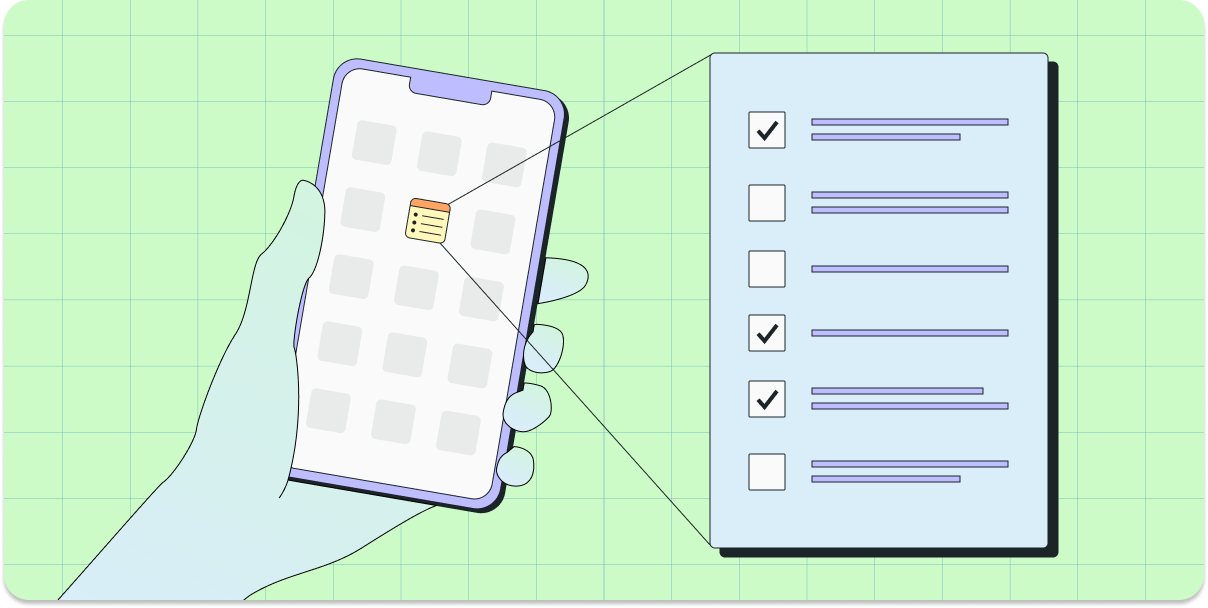
For neobanks, building trust and driving usage isn’t optional—it’s mission-critical.
Part one of a three-part series.
Why friction persists in fully digital banking
Neobanks operate in a space where their app or website is the bank. There’s no physical branch to answer questions or guide new customers through forms. As a result, the entire user journey relies on digital touchpoints.
Research shows that over two-thirds of consumers have abandoned a digital banking application before completion, underscoring how easy it is to lose potential customers through poor onboarding.
Get the guide: Unlocking neobank growth
Six key challenges neobanks face—and how experimentation helps
1. Optimizing for fraud and risk without adding friction
Fraud prevention is one of the largest cost centers in neobanking. Neobanks work with multiple vendors and models—across identity, device fingerprinting, transaction risk scoring, and more. Experimentation plays a crucial role in:
Testing new vendors in production without risking good-user conversion
Running controlled experiments on fraud model thresholds to balance safety and friction
Identifying false positives that block real users and hurt growth
The best teams treat fraud as a tunable system—where experimentation helps strike the balance between security and user experience, while protecting margins.
2. Removing friction from signup and KYC
Long registration flows, complex KYC steps, or unclear instructions create friction. Testing simpler forms or showing progress bars can often cut abandonment rates. One study found that 15.6% of app uninstalls stem from a frustrating signup experience, so even small improvements to onboarding can yield substantial gains.

3. Closing the account funding dropoff
Signing up for an account doesn’t guarantee customers will actually fund it or make a transaction. Experimentation—like offering a $5 incentive for the first deposit, or sending targeted nudges within 24 hours—can significantly improve the rate of users who transition from mere sign-ups to active customers.
4. Sustaining engagement beyond the trial period
User enthusiasm can fade quickly once the novelty wears off. By testing personalized notifications or in-app prompts, neobanks can see what truly engages customers. One expert notes that focusing on user retention is “the single most important thing you can do to grow your bottom line.”

5. Driving adoption of high-value features
Neobanks often struggle to get users to try extra features beyond basic checking. Experiments that personalize feature recommendations—or that offer short free trials—can reveal the best ways to boost adoption of savings, loans, or premium plans. Success here translates directly to higher revenue per customer.

6. Achieving primary account status
Many customers view neobanks as secondary accounts, unsure if they can match the stability of traditional banks. Testing transparency measures (like displaying “FDIC-insured” badges prominently) or adding 24/7 support chat can build trust. If customers feel secure, they’re more likely to treat the account as a primary option.
Why experimentation makes the difference
In an industry where losing a new user by the second is the norm, continuous experimentation helps neobanks refine every aspect of the customer journey.
By systematically testing improvements—in onboarding, activation, engagement, cross-selling, and trust-building—these digital-first banks can maximize each hard-earned signup and foster long-term loyalty.
Statsig is the platform of choice for neobanks

Neobank growth guide

